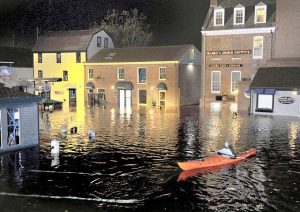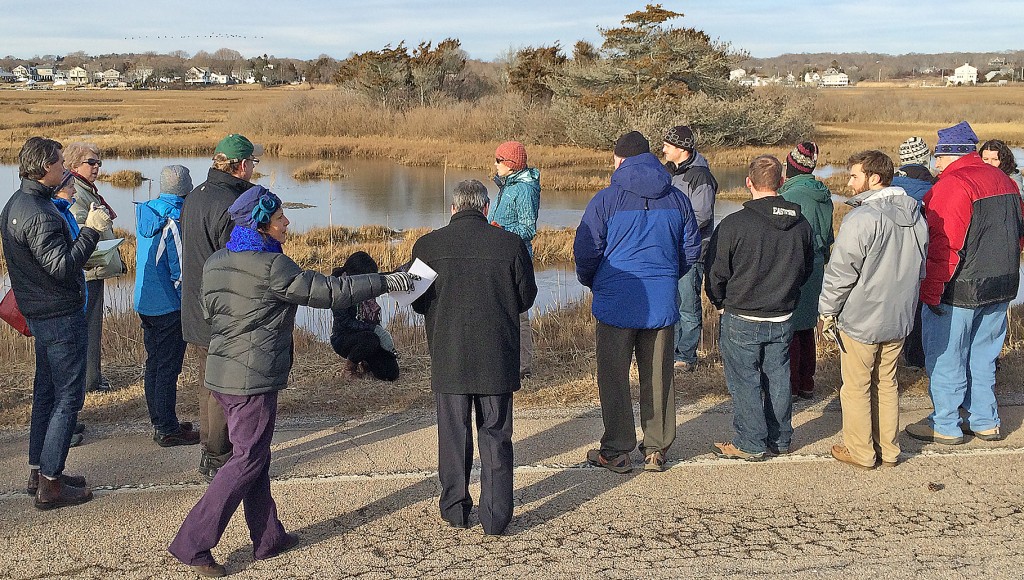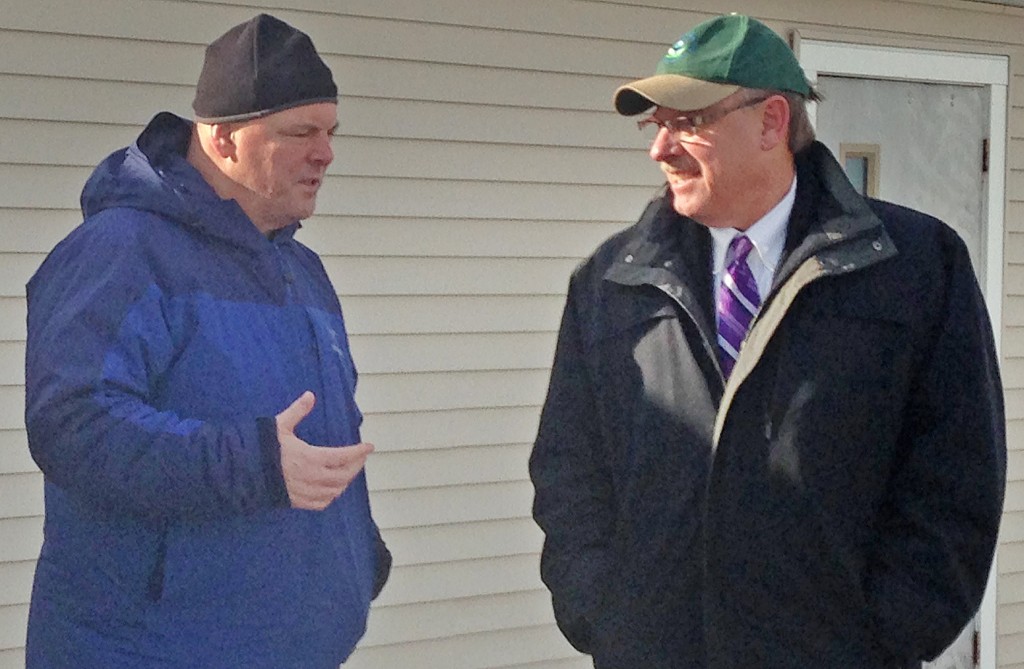
Event kicks off community-based historic preservation effort to address coastal climate change impacts on Newport’s historic properties
The public is invited to participate in a community workshop on flood protection for historic and culturally valuable properties on Newport’s coast. The workshop is scheduled for THURSDAY, JULY 14, 2016, 3-7 P.M., at Emmanuel Church, 42 Dearborn St., Newport, RI 02840.
NOTE: The public is welcome for the whole event; a general overview of the project will be given at 5 p.m. to ensure attendees arriving later in the day have ample opportunity to gain information. RSVP if attending by July 11 to ensure adequate refreshments.
The workshop follows the April 2016 Keeping History Above Water Conference in Newport, which explored historic preservation efforts regarding flooding from sea level rise a key impact of climate change. Newport hosts a broad array of historical and cultural assets, including registered historic buildings, and rising water and increased storminess is expected to threaten these over time. The University of Rhode Island (URI) Coastal Resources Center (CRC) and Rhode Island Sea Grant are facilitating the meeting for several community groups interested in continuing the conference dialogue. The event is also possible due to generous support from the Prince Charitable Trusts.
Science indicates that Rhode Island is more likely than many other coastal states to experience flooding over time from sea level rise, said Dawn Kotowicz, a coastal manager for CRC and extension agent for Rhode Island Sea Grant. Coastal development, including the historic properties and cultural assets that Newport values, is at risk, so collaborating on practical solutions is critical.
CRC and Rhode Island Sea Grant, at the URI Graduate School of Oceanography, provide Rhode Island and beyond with a variety of community-based coastal management and outreach services and programs.
For more information about the workshop, please contact Dawn Kotowicz at (401) 874-6152. Please RSVP. For media inquiries, contact Sue Kennedy at (401) 874-6107 or skennedy@crc.uri.edu.




